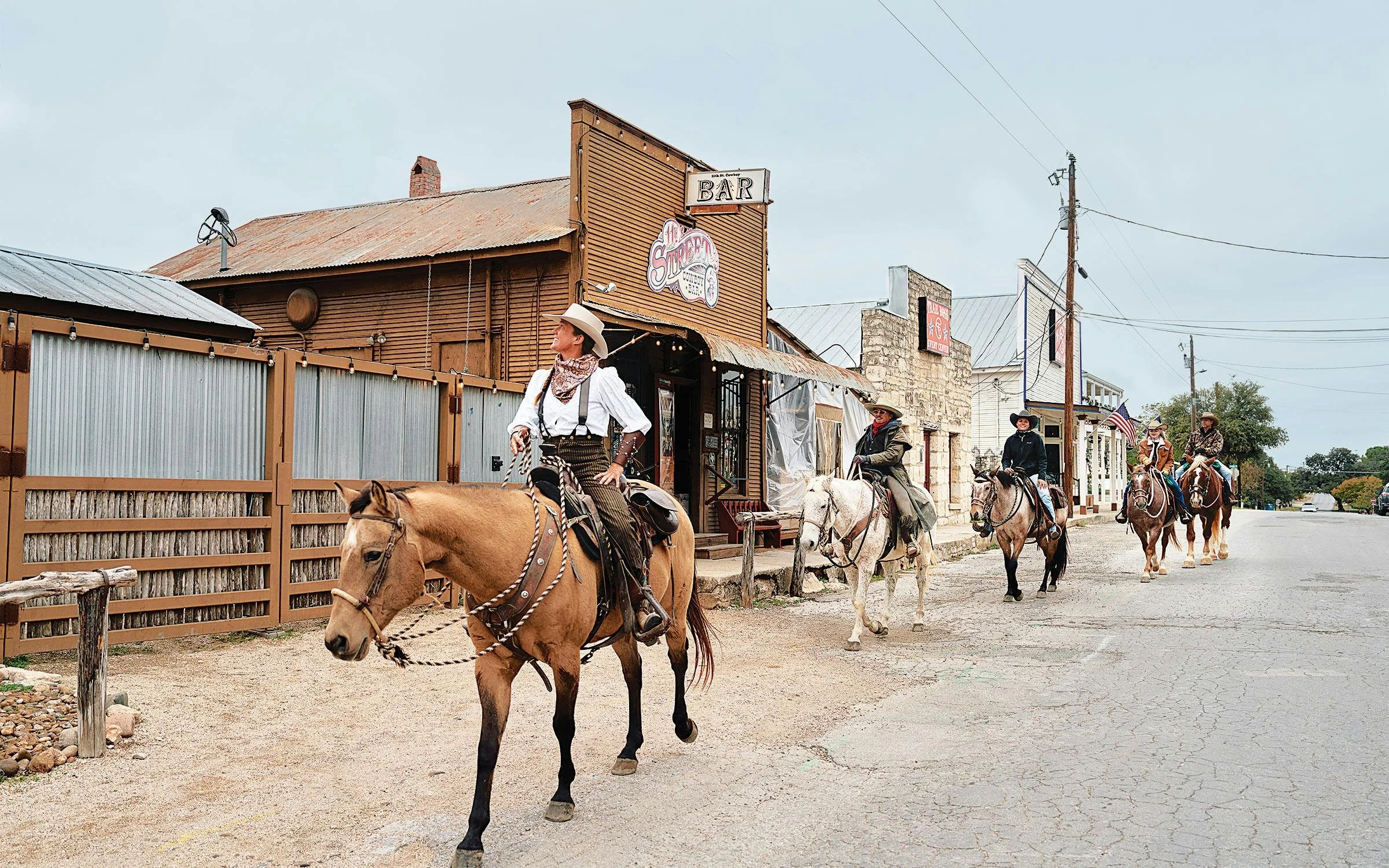Where Do I Park My Pew?
I visited an old church with a brand new congregation during my recent travels. This old church was built of stone and sits on the main street of the town. The building filled most of the lot, except for four parking spaces along the back alley. For over 80 years, this church and its tall steeple decorated the skyline of this community. Like many churches, the original congregation relocated to the edge of town near the newest residential subdivisions, leaving the old church vacant. After many years of vacancy, a new congregation had formed and made this old church home.
I walked in the church and was surprised to see an empty space with only four 10-foot-long pews adorning the cavernous sanctuary. It seemed very strange that seating for only a handful of people would be provided in such a large space. This emerging congregation was clearly actively growing and attracting families and new members. Their success could be measured by growing out from the tiny bay in the strip shopping mall and into this beautiful church. I could only assume that more than 24 people would worship on Sunday, but where would they sit?
I had a lot of secular questions for the pastor about this church, but my first was, “Where are the pews?”
The pastor shared the story of the journey of his congregation into this new home, which begins in an all-too-familiar way. The pastor explained that the city required the congregation to obtain a new use and occupancy permit for the church. According to local codes, all buildings that have been vacant for more than a year are required to do this. Of course, this seemed simple enough because, ever since the church was built over 80 years ago, it had always been a church. Through its history, there had only been minor changes, like having the boiler replaced and the electrical panel updated. The previous congregation was four times the size of the new congregation, so not only would there be room to grow, the church’s impacts on the surrounding neighborhood would be less intense than they had previously been. The congregation was ready to take the week to clean and prepare the sanctuary, starting Monday morning, in order to be ready for the first service on Sunday.
Despite being like for like, the new use and occupancy permit required compliance with the new zoning code. A lot of rules had changed in this little town since the church was constructed 80 years ago, and a thick book of new rules to protect the adjacent properties on the main street had been adopted.
The first of these struggles was parking. This town had adopted parking minimums, which also applied to places of worship. These new regulations required that every church in town provide an adequate amount of parking on site. To be fair to all the churches in town, the 100 on-street parking spaces in front of the church along the main street could not count for this requirement, because the newer churches on the edge of town would not be allowed to park along the state roads adjacent to their properties. The city also did not have a parking rate adjustment process, so the fact that half the families could now walk to this new location at the center of the community could not be used to waive or reduce parking.
The pastor, who in my opinion seemed really smart and very passionate to get the sanctuary doors open, asked the next logical question: How many parking spaces does this church need? Are the four paved spots in the rear enough to meet these new requirements?
The planner explained to the pastor that the good news is that the zoning code requires fewer parking spaces than a comparable-sized theater or retail store. The code measures the amount of parking based on the number of pews. The planner further explained that each 10-foot-long pew would require one off-street parking space. In this case, this 80-year-old site, developed prior to the modern zoning code, could have as many as four whole pews without running afoul of the parking requirement.
That is why, in this 80-year-old church, located in the middle of town, there are only four pews. Everyone else must either sneak in their own chair or stand, as to not disrupt the order adopted through the zoning ordinance.
This story was fictional. However, each specific aspect of it reflects countless real situations and similar experiences Strong Towns members have shared from across North America. Parking minimums are frankly as silly as this story. Many of these arbitrary standards include meticulous definitions and descriptive details. I did not visit a church with only four pews, but I have read countless zoning codes which regulate parking for places of worship, which include lengthy description of what a pew is in both location and size.
I shudder to think how you would calculate a pew that is 12 or 15 feet. Would the regulations be cumulative, or do you have to round to the nearest half car? What if the new occupant of this old church was transitioning the space into a mosque, where there will not be pews?
Regulations are important to protect the public and to outline acceptable norms in a place. However, when these regulations fail to recognize the complexity and context of our communities, they break the traditional development patterns cities have been successfully operating under for centuries. When these rules begin leading us, instead of serving us in practical ways, we need to rethink those rules.






How a passionate group of locals cracked Nanaimo’s stubborn parking rules—and unlocked new possibilities for housing and community.